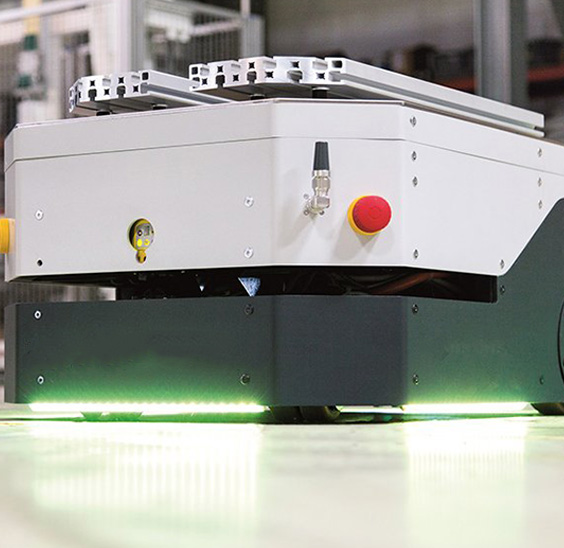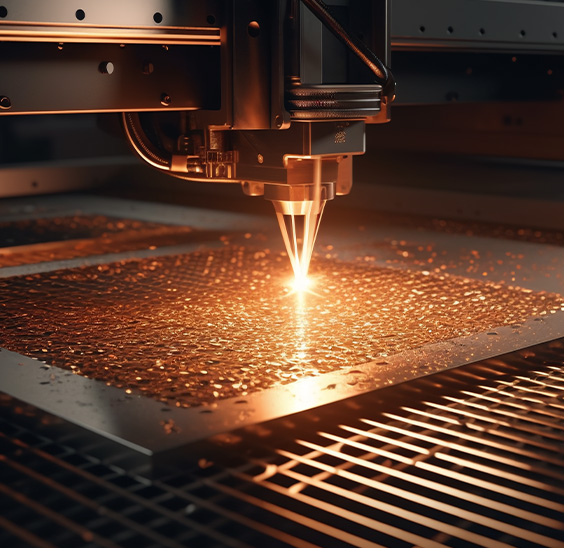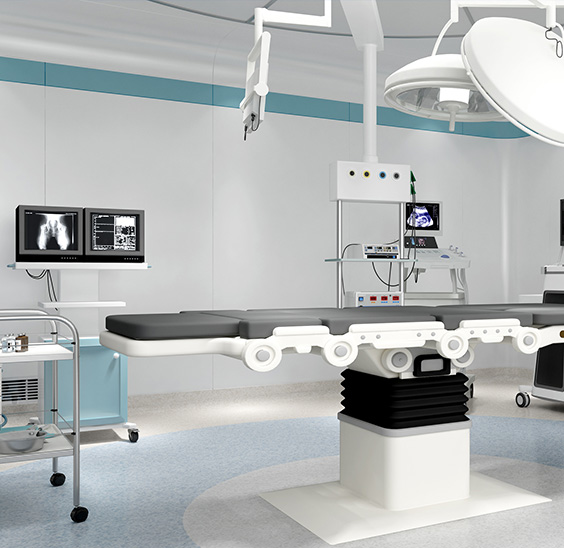How Does a Disc Brake Chamber Work to Ensure Vehicle Safety?
In the complex ecosystem of vehicle safety systems, the disc brake chamber stands as a critical yet often overlooked component. Responsible for converting compressed air into mechanical force, this device is the linchpin of air-brake systems in trucks, buses, and heavy-duty vehicles.
The Anatomy of a Disc Brake Chamber
A disc brake chamber consists of a sealed housing divided into two sections by a flexible diaphragm. One side connects to the vehicle’s compressed air supply, while the other houses a pushrod linked to the brake caliper. When the driver presses the brake pedal, compressed air flows into the chamber, forcing the diaphragm to expand. This movement drives the pushrod outward, activating the caliper to clamp the brake pads against the rotating disc. The resulting friction converts kinetic energy into heat, slowing the vehicle.
What sets modern brake chambers apart is their dual functionality. Many incorporate a spring brake mechanism, which serves as a fail-safe. If air pressure is lost—due to system leaks or engine failure—the spring automatically engages, applying sufficient braking force to bring the vehicle to a controlled stop.
Precision Under Pressure
The disc brake chamber’s design prioritizes rapid response and reliability. Heavy-duty vehicles operate at air pressures of 100–120 psi, enabling the chamber to generate thousands of pounds of force within milliseconds. This instantaneous action is vital for preventing accidents, particularly when transporting heavy loads or navigating steep gradients. For example, a fully loaded tractor-trailer traveling at highway speeds requires braking systems to dissipate energy equivalent to a small power plant—a task the brake chamber executes seamlessly.
Moreover, the chamber’s sealed construction ensures resilience against harsh environments. Dust, moisture, and temperature fluctuations—common adversaries in commercial vehicle operations—are kept at bay, maintaining consistent performance over thousands of braking cycles.
Safety Through Redundancy
Modern brake chambers are engineered with redundancy to address potential failures. The dual diaphragm design, found in advanced systems, splits the chamber into independent compartments. If one diaphragm ruptures, the other retains enough pressure to apply partial braking, buying drivers critical time to react. Additionally, the integration of anti-lock braking systems (ABS) with brake chambers prevents wheel lockup during panic stops, preserving steering control on slippery surfaces.
The Bigger Picture: Saving Lives and Costs
According to the U.S. Department of Transportation, brake-related issues contribute to nearly 30% of commercial vehicle accidents. Robust disc brake chambers mitigate this risk by ensuring predictable, fade-resistant braking. Their efficiency also reduces wear on brake pads and discs, lowering maintenance costs and downtime—a crucial factor for fleet operators.


 EN
EN  English
English Português
Português










